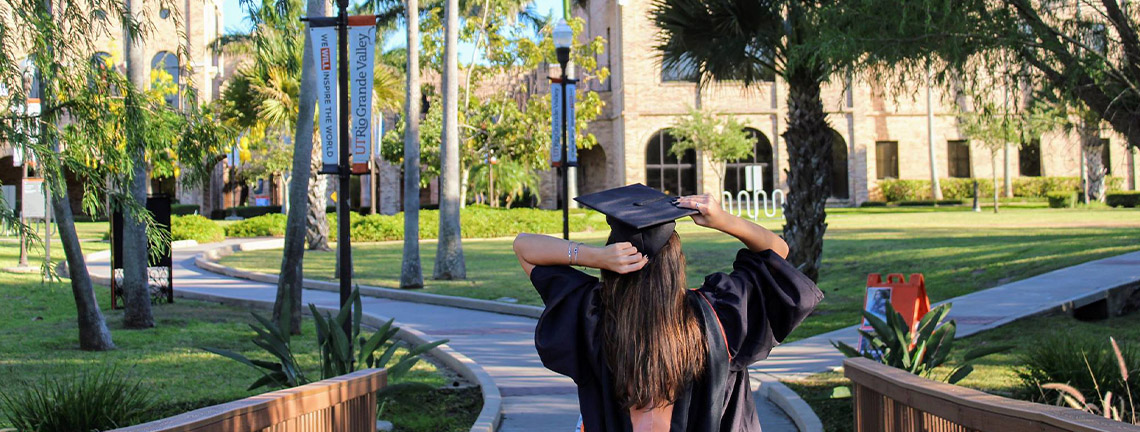
Theses and Dissertations
Date of Award
5-2021
Document Type
Thesis
Degree Name
Master of Science (MS)
Department
Biology
First Advisor
Dr. Andrew Tsin
Second Advisor
Dr. Kristine Lowe
Third Advisor
Dr. Megan Keniry
Abstract
Diabetic Retinopathy (DR) is the leading cause of blindness in the U.S. However, not much is known of its molecular pathway and how it attributes to increases in inflammatory response in the eye. One avenue we will investigate is the transforming growth factor beta (TGFB) signaling pathway and its effect of vascular endothelial growth factor (VEGF) secretion and cell viability. VEGF is the hallmark that exacerbates DR progression in prolonged diabetes. Some major concern that have arisen are the underlying effects of oxidants and antioxidants in elevating VEGF secretion in diabetes. In attempt to learn more, we evaluated how an oxidant (acrolein) and antioxidant (hypoxia) impact 661W cone photoreceptor cells in the retina. 661W cells were cultured in DMEM, 10% FBS, 1% AB and once confluent seeded into 6 wells with 300, 000 cells per well. Cells were conditioned in 5.5 and 30mM glucose, in addition to their appropriate treatments of hypoxia induce using cobalt chloride (CoCl2) and various concentrations of acrolein including 25, 50, 100, 200uM for a 24-hr. treatment period. Following the collection of conditioned media to measure VEGF secretion and cell viability to quantify number of viable cells using the hemocytometer. Moreover, to determine the role of TGFB signaling pathway inhibition will block the molecular pathway to determine how VEGF secretion and cell viability are affected in the respective treatments listed above. Based on the data collected hypoxia has a significant impact on increasing the amount of VEGF secretion p = .002 and decrease cell viability p = .028. Additionally, acrolein played a significant role in decreasing cell viability and VEGF secretion in a dose dependent manner in 661W photoreceptor cells. Due to hypoxia and acrolein being known to affect oxidative pathways significantly, it is possible that their effects may be mediated by the TGFB pathway. Moreover, it is suggested that there is an additional increase in VEGF secretion and decrease in viable cells after inhibition of TGFB allowing us to believe that there is an additional part of the pathway that is contributing to these effects. Overall, hypoxia exerted a significant effect to reduce 661W cell viability and increase VEGF secretion and acrolein caused reduction of cell viability along with a decrease of VEGF secretion. Acrolein decreased the amount of both VEGF and cell viability in a dose dependent manner. To determine the role of TGFB signaling pathway, two inhibitors were used SMAD/SIS (1) and TGFB receptor 1 kinase (2) to inhibit the pathway from activation by inhibiting the receptor and inhibiting phosphorylation from occurring. By doing this we discovered that inhibitor 2 reduced the hypoxic induced VEGF increase in both NG and HG suggesting pathway involvement. Furthermore, we discovered that inhibitor 2, only, resulted in an increase of viable cells suggesting possible involvement as well. All in all, it seemed that the inhibitor 2 was effective in decreasing the VEGF secretion and increase viable cells to alleviate or reverse the effects seen in DR that include increased VEGF and decrease in viable cells.
Recommended Citation
Rodriguez, R. R. (2021). Understanding an Inflammatory Pathway in Diabetic Retinopathy [Master's thesis, The University of Texas Rio Grande Valley]. ScholarWorks @ UTRGV. https://scholarworks.utrgv.edu/etd/758


Comments
Copyright 2021 Reanna Raye Rodriguez. All Rights Reserved.
https://go.openathens.net/redirector/utrgv.edu?url=https://www.proquest.com/dissertations-theses/understanding-inflammatory-pathway-diabetic/docview/2567979259/se-2?accountid=7119